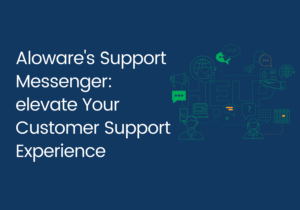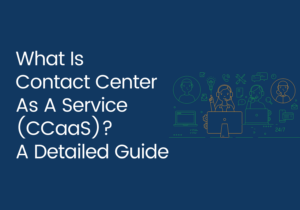Executing an outbound call campaign is probably one of the most challenging things in sales. Some might argue the ineffectiveness of outbound cold calling, saying only 2% of sales happen during the first contact. However, studies are suggesting that salespeople just need to be more eager. This is because 92% of them easily get disheartened and give up after four failed attempts, while 80% of the average customer base typically says ‘yes’ after the 5th follow-up. This is why planning your outbound calls should be done the right way. Here are effective ways you can improve your outbound sales campaigns.
Table of Contents
Identify Your Target Audience
The first strategy for outbound sales for beginners is figuring out your audience. Take the time to build an idea of what your ideal customer would look like. You can undergo market research, look at your competitor’s customers, or examine your own customers to see who is already buying your product or service.
Nail Your Value Proposition
Create a value proposition that defines the solution and benefits you can provide customers for their problems. It should be clear, easy-to-understand, and enticing. The proposition will also guide your outbound sales process, helping you explain to customers the benefits they get from using your company.
Start Generating Leads
You’ll then need to generate a list of leads to work with. You can do this using a variety of modern online tactics. By using social media, you can either post organic content or use social media marketing to gain interest on platforms like LinkedIn, Facebook, or Instagram. Furthermore, search engines like Google or Bing allow you to post pay-per-click targeted ads. Your ad will be one of the first results shown to users who look up keywords related to your business. To generate leads organically on search engines, use search engine optimization. Create high-quality, relevant web content such as blog posts or articles. The more useful and relevant your content is, the higher you will rank on search engines, making your website more likely to be viewed by search engine users.
Qualify Your Leads
It’s one thing to generate leads, but it’s another to qualify them. To see which leads are worth pursuing, you will have to research your prospects. Most people have a social media profile these days, so simply looking up a lead’s profile for a few minutes can tell you about their interests. You may even find information that can be useful during the pitch itself.
Make Initial Contact
You can perform your outbound outreach efforts via phone calls, email, or SMS messaging. The best outbound sales strategy usually involves a mixture of them.
Follow Up at the Right Time
The key to winning outbound sales is following up a few times without seeming overly pushy. Space out both your follow-up times and channels used. You can strategically space out your follow-ups by setting up automation.
Close the Sale
When closing the sale, remember to ask questions, listen, and reaffirm what your product or service can do for the prospect. Once you’ve won your first sale, you’ll find that the entire outbound sales process is not as hard as it seems.
The process doesn’t have to be a challenging one. With Aloware’s omnichannel, automated outbound sales tool, you can start seeing results without wasting time, money, or effort. To know more, book a demo with us, and let’s help you get started.




